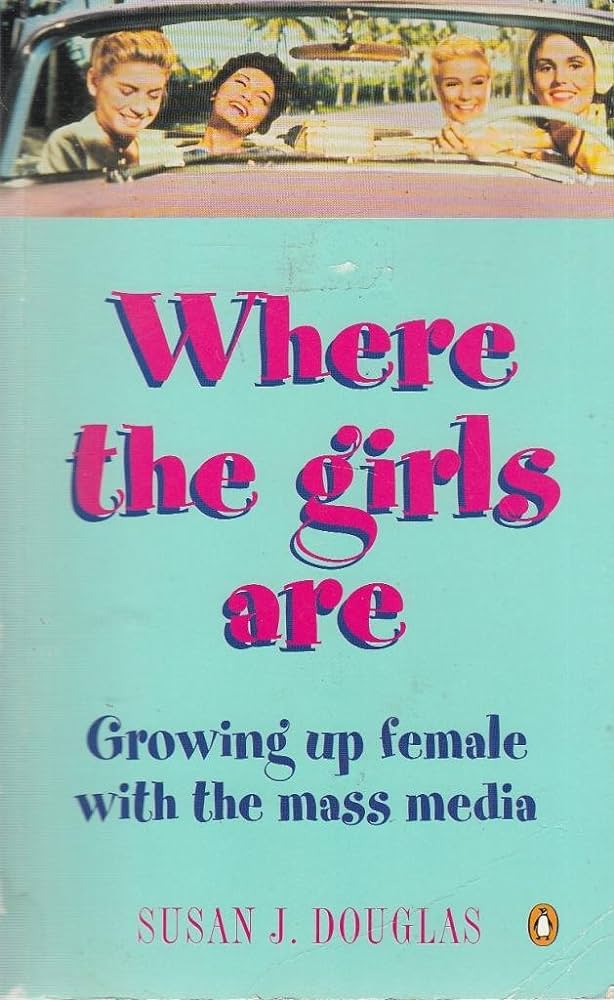Female Pop-Culture by Douglas
Female Pop-Culture in “Where the Girls Are” by Douglas
“Where the Girls Are: Growing Up Female with the Mass Media” is a book by Susan J. Douglas that delves into the portrayal and representation of women in popular culture.

Published in 1994, the book explores how the media has shaped also influenced the perception of women and their roles in society.
Douglas critically examines various forms of media, including television, movies, magazines, and music. To illustrate how popular culture has stereotyped, commodified, and marginalized women.
She argues that media representations often perpetuate limiting and harmful stereotypes, reinforcing traditional gender roles and expectations.
One of the key themes in “Where the Girls Are” is the portrayal of women in the media as objects of desire also consumption. Popular culture frequently presents women as sexualized and passive, existing primarily for the pleasure of male viewers and consumers.
Douglas highlights how this objectification of women contributes to the normalization of a patriarchal culture that devalues women’s agency and autonomy.
Furthermore, the book addresses the underrepresentation and misrepresentation of women in various media platforms.
Despite comprising half of the population, women are often relegated to secondary roles or portrayed narrowly and one-dimensionally. This lack of diverse and complex representations limits the range of roles and identities that women can aspire to in society.
“Where the Girls Are” also discusses the impact of media on young girls and the construction of gender identity. Douglas argues that the messages and images presented in popular culture shape girls’ understanding of femininity and influence their self-esteem and aspirations.
The limited range of female role models in media can restrict young girls’ belief in their potential also reinforce it. Societal expectations favor passivity and beauty over intellect and agency.
However, the book also recognizes the potential for media to challenge gender norms and empower women. Douglas highlights examples of media that resist stereotyping and present strong, independent female characters.
She stresses media reflects women’s diversity and complexity, promoting critical thinking and media literacy.
Conclusion
“Where the Girls Are” provides a critical analysis of how popular culture has shaped the representation and perception of women.
It raises importance of the power of media in influencing societal norms and values also calls for a more inclusive. Empowering portrayal of women in popular culture.
The book remains relevant today, reminding us to challenge harmful stereotypes and promote positive, diverse representations of women in media. 바카라사이트